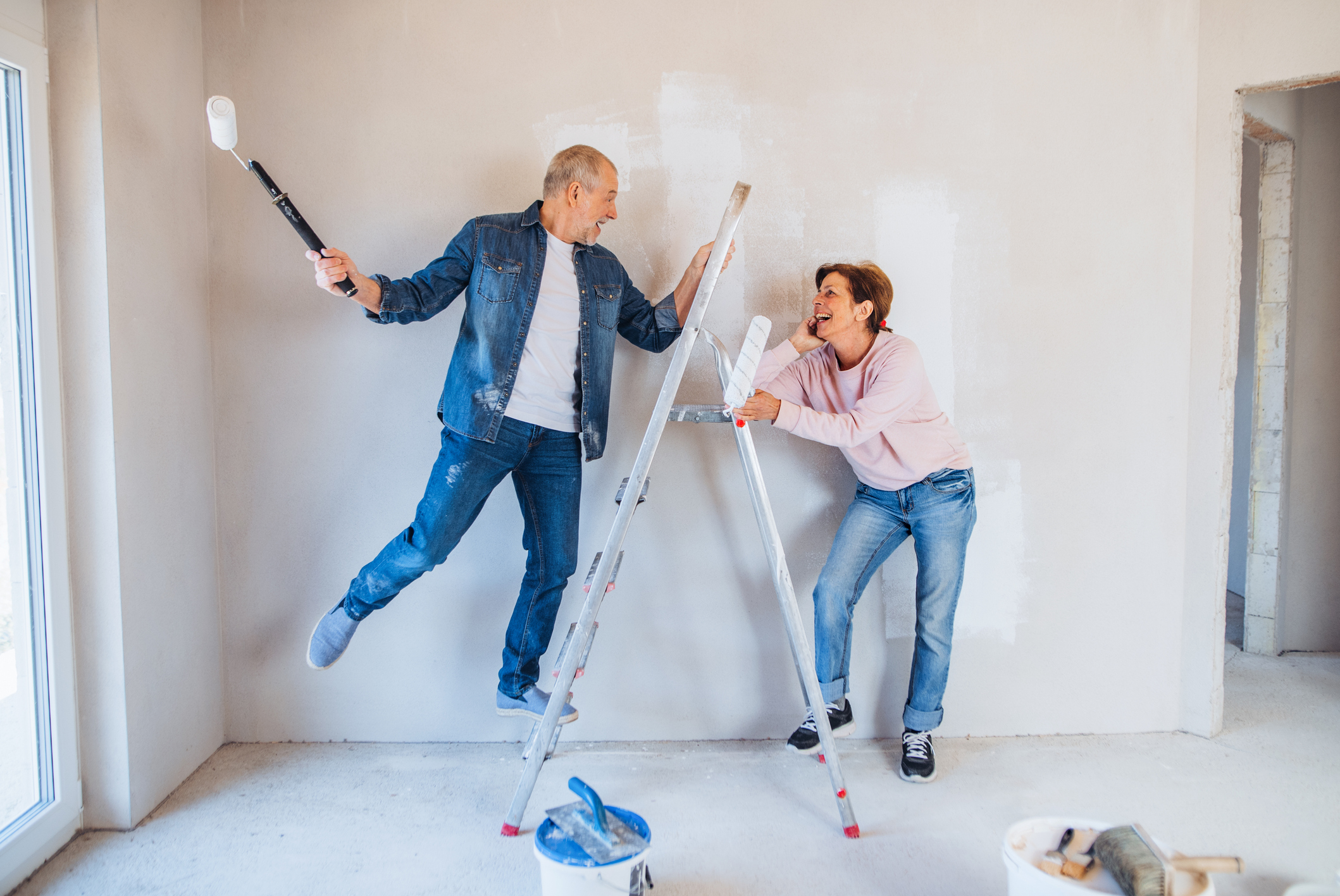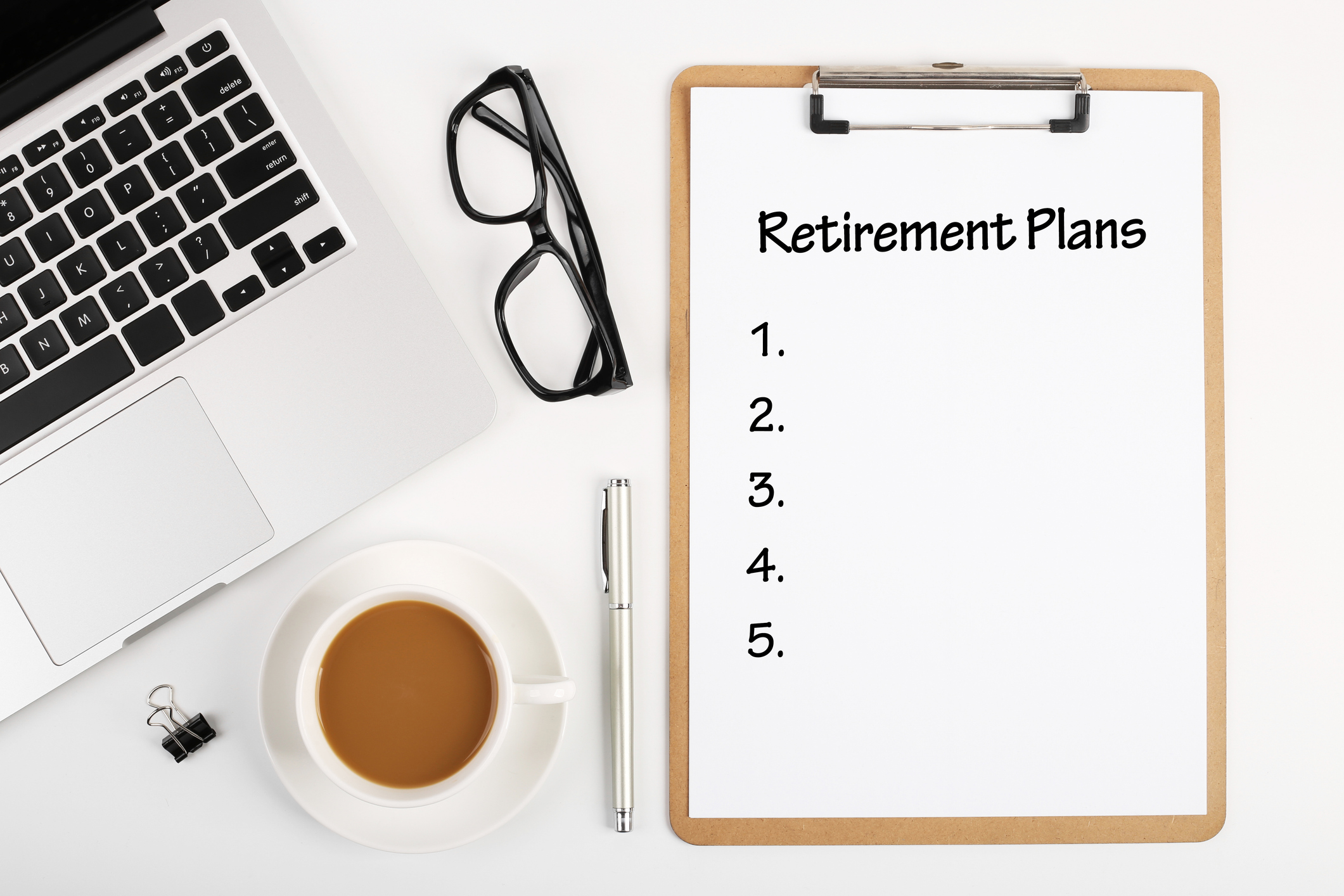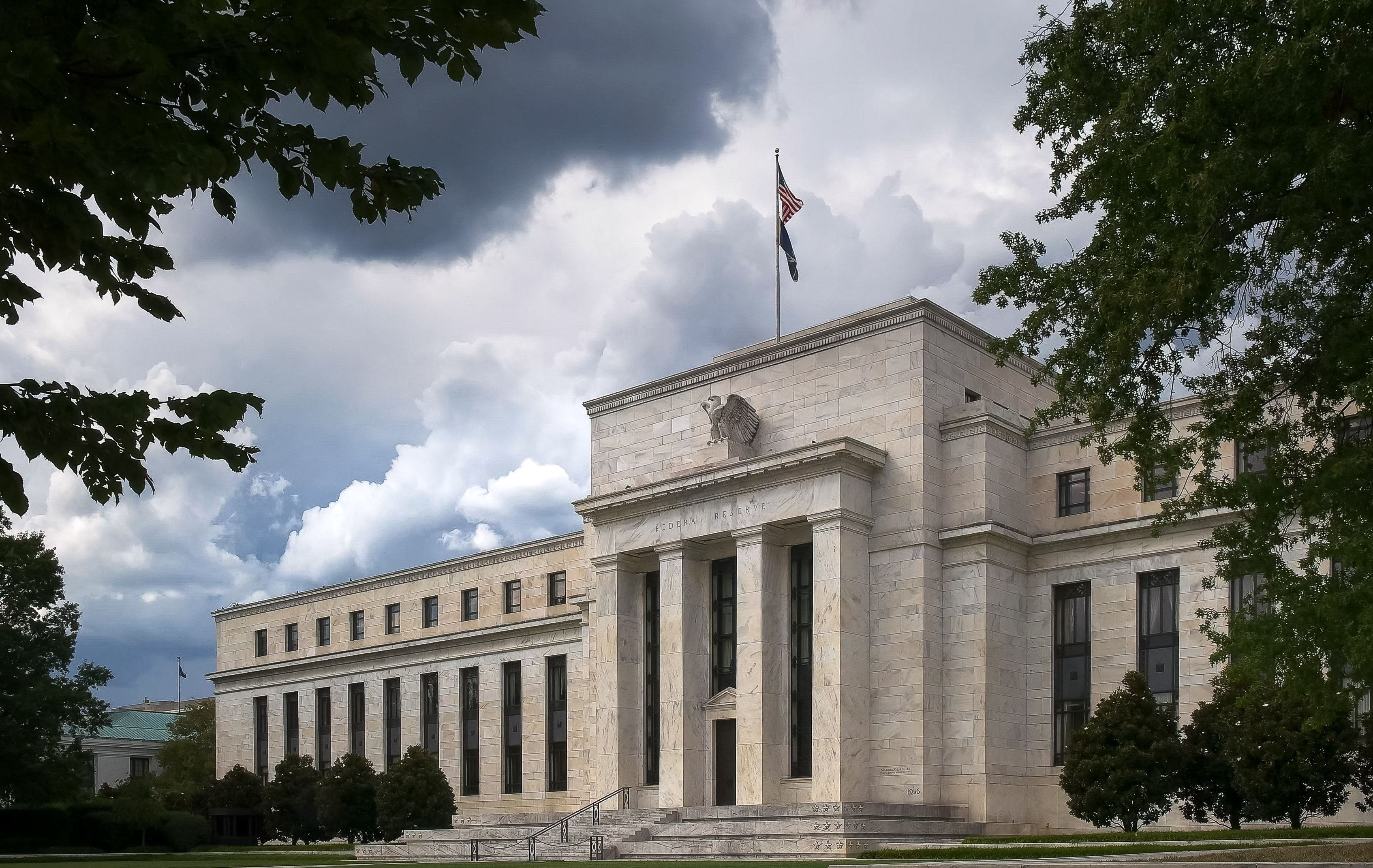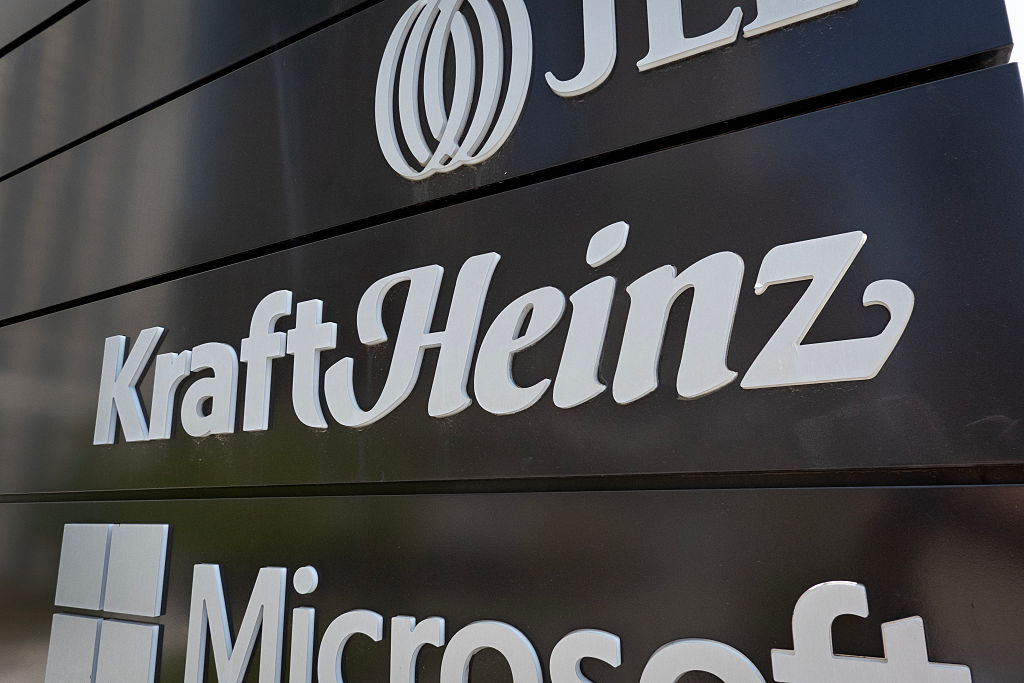Extreme Contrarian Investing
Nearly every investor claims to be a contrarian, in pursuit of value the market does not recognize. But who has the nerve to buy what the market truly detests?

Things change. That phrase, the title of a fine 1988 David Mamet movie about a shoeshine man who passes as a Mafia don, is one of investing's most important lessons. It inspires courage to persevere with companies you love and to buy stocks the rest of the world hates.
Take steel. Over five years, starting in 1998, steel prices fell to 20-year lows, triggering 47 bankruptcies. Stocks plummeted. Shares of AK Steel Holdings Corp. -- which makes flat-rolled steel for the auto, appliance and construction markets -- dropped from $29 to $1.70 between 1999 and 2003; U.S. Steel, the largest domestic manufacturer, skidded from $34 to less than $10; and even Nucor, the best-run company in the sector, fell by nearly half.
| Row 0 - Cell 0 | The Economics of Stock Buybacks |
| Row 1 - Cell 0 | Hedges for Everyone |
| Row 2 - Cell 0 | How to Find a Financial Adviser |
| Row 3 - Cell 0 | The Money Monster Blog |
Foreign competitors, bad management, overbearing unions and the economic slowdown that followed the 9/11 terrorist attacks battered the U.S. steel industry. No wonder many investors never wanted to see a steel stock again.
From just $107.88 $24.99 for Kiplinger Personal Finance
Be a smarter, better informed investor.

Sign up for Kiplinger’s Free Newsletters
Profit and prosper with the best of expert advice on investing, taxes, retirement, personal finance and more - straight to your e-mail.
Profit and prosper with the best of expert advice - straight to your e-mail.
Then things changed.
The comeback. Strong companies bought out weaker ones, management improved, unions chipped in, and President Bush imposed tariffs that thwarted competition for 21 months. Most of all, the global economy got better, boosting demand. Stocks revived -- spectacularly in many cases. For the three years ending March 31, 2006, Nucor's shares rose from $18 to $105, and Cleveland-Cliffs, the world's largest producer of iron-ore pellets, jumped from $9 to $87. Many steel stocks hit record highs, including U.S. Steel, which grew sixfold in three years.
With perfect hindsight, we can see the obvious: An industry as important as steel was not going down the tubes, and prices of many excellent companies had become absurdly cheap. The market capitalization of Nucor dipped to just $2 billion in 2000 -- despite its remaining profitable, with a return on equity of 15%, minimal debt and a rising dividend. Nucor's market cap is now $16 billion.
Buying shares of Nucor in the late 1990s during the steel crash, investing in a coal company like Joy Global in 2002 amid an energy glut (Joy Global has since gone from $3 to $60) or purchasing shares of AMR Corp., American Airlines' parent, in 2003, with a persistent passenger shortage and rising fuel prices (AMR has since gone from $1.41 to $27), is what I call Extreme Contrarian Investing.
Nearly every investor claims to be a contrarian, in pursuit of value the market does not recognize. But who has the nerve to buy what the market truly detests?
As I write, what the market detests is chicken. Worldwide, there have been 191 confirmed human cases of avian flu -- a virus that infects birds and is rarely transmitted to people. Half the cases were in Vietnam, none in the Western Hemisphere. You can't get the disease from eating cooked chicken. Nonetheless, American exports have plunged, and prices of chicken legs at the Georgia dock have dropped from 32 cents to 17.5 cents a pound. "Nobody has ever seen anything like this," says John Tyson, who runs Tyson Foods.
Game of chicken. Few stocks present pure chicken plays. The best, writes James Grant in Grant's Interest Rate Observer, is Gold Kist (symbol GKIS). Although it has a solid balance sheet (more cash than long-term debt), its stock has fallen to $13, from a high of $23 last June. Other, nearly pure choices whose shares are down by about half are Sanderson Farms (SAFM), based in Laurel, Miss., and Pilgrim's Pride (PPC), of Pittsburg, Tex. Tyson (TSN), which has diversified into pork and beef, is down by only about one-third.
Grant, one of Wall Street's most famous bears, says, "To come right out with it, we are chicken bulls." He recently wrote in his newsletter that he is continually "decrying complacency in the face of risk." But in the case of the chicken bear market, "the risk is manifest, the crisis has broken, and the bad news (or at least some of it) is out and the relevant stock prices have reacted (or at least have begun to react)."
[page break]
Although Gold Kist trades at a price-earnings ratio of just 9, it could certainly decline further. But the stock, Grant writes, seems "cheap enough to afford some margin of safety." To dampen risk still further, I'd advise those less bold to spread their avian investment among Gold Kist, Sanderson, Pilgrim's, Tyson and a Brazilian food processor called Sadia (whose American depositary receipts trade in the U.S. under the symbol SDA), for which poultry represents about 40% of sales.
Where to look. Fertile territory for Extreme Contrarian stocks is any list of poorly performing sectors. Scan the list of 100 Dow Jones Industry Groups each week in the Market Laboratory section of Barron's. In 100th place for year-to-date performance through April 13 was the tire industry, with a loss of 21%. Next to last was reinsurance, then (moving up the ladder) Internet, marine transportation, travel and tourism, and recreational services.
A longer view? Morningstar's ranking of a dozen sectors lists media in last place for stock performance over the past five years, falling an average of 3.5% annually. Newspapers have been especially dismal, ranking 89th of the 98 industries tracked by Value Line Investment Survey for "timeliness," based on a formula emphasizing upward price movements.
It's no secret that newspapers have had severe circulation troubles and that the Internet is eating into their ad revenues. Even Warren Buffett, CEO of Berkshire Hathaway, which has a major stake in The Washington Post, says that the finances of print media "are very, very close to certain to deteriorate over the next 10 to 20 years."
The New York Times Co. (NYT) dropped from $41 at the end of 2004 to a recent $25. Dividend yield is an attractive 2.6%. But be wary. Profits are barely rising, and the P/E, based on estimates for the year ahead, is 15 -- not particularly low. Lee Enterprises (LEE) and Journal Register (JRC), recently endorsed by Morningstar's Jonathan Schrader, appear to be better choices. Their stocks have also taken substantial hits, but, as owners of small, community newspapers, they have a product that's proved to be less vulnerable to new technology. Journal Register carries a P/E of 11, based on estimated 2007 earnings, and a price-sales ratio of just 0.86 (a number less than 1 often suggests a bargain). Standard & Poor's recommends two companies that own larger papers: Gannett (GCI) and Tribune Co. (TRB), each down about one-fourth in a year.
Again, buying a bundle of stocks in the sector reduces risk through diversification. Unfortunately, there's no exchange-traded fund or specialty mutual fund offering a portfolio of newspaper stocks. Not so for drugs, another sector that has been clobbered in recent years. You can buy Pharmaceutical HOLDRS (PPH), an ETF created more than six years ago by Merrill Lynch. Shares are down about one-third from their 2000 peak, as liability suits have hit large drug manufacturers, the regulatory climate has turned frosty, and laboratories have produced fewer new blockbuster medicines.
But things change.
Use your head. Remember, however, that most low-priced stocks deserve their ignominy. The market is an awfully efficient mechanism. In What Works on Wall Street, a study of investment strategies, James O'Shaughnessy examines a half-century of data and concludes that buying stocks that have performed poorly in the past is an "abysmal" idea.
Also, there's the big problem of trying to guess when the turnaround will occur. There's no clue in the data. Yes, industrial-machinery stocks, now in 20th place, ranked 100th among Dow Jones sectors a year ago. But marine transportation, now 97th, was 95th in 2005. And who knows about chicken stocks? When and if the avian-flu scare subsides, they'll probably be let out of Wall Street's jail. But that could be after ten years' hard labor.
The lesson is to use your head. Will U.S. automakers ever make a comeback? I have serious doubts. Their structural troubles are too severe. More attractive to my contrarian instincts is a sector like property-and-casualty insurance -- especially companies such as Montpelier Re Holdings (MRH), down by more than half since Hurricane Katrina but much admired by Seth Bienstock of Bankstocks.com. I'm also fond of homebuilders, educational services and beverages.
Just don't get carried away with the thrill of finding extreme bargains. Limit these stocks, funds and ETFs to no more than 10% of your portfolio. And remember that what goes down can always go down some more.
| SECTORS | Worst Performers | |||
| Extreme contrarians might consider these forlorn sectors. But remember: What goes down does not soon go up. | |||
| Sector | Year-to-Date Return | Year-to-Date Rank | Year-ago Rank |
| Tires | -21.3% | 100 | 92 |
| Reinsurance | -8.6% | 99 | 94 |
| Internet | -8.0% | 98 | 18 |
| Marine Transportation | -7.7% | 97 | 95 |
| Travel and tourism | -7.5% | 96 | 98 |
| Recreational services | -7.3% | 95 | 82 |
| Full-line insurance | -6.9% | 94 | 34 |
| Home construction | -6.2% | 93 | 73 |
| Auto parts | -6.2% | 92 | 81 |
| Tobacco | -6.2% | 91 | 61 |
Profit and prosper with the best of Kiplinger's advice on investing, taxes, retirement, personal finance and much more. Delivered daily. Enter your email in the box and click Sign Me Up.

-
 A New Kind of HELOC Lets Homeowners Fund Remodels on Their Terms
A New Kind of HELOC Lets Homeowners Fund Remodels on Their TermsFinance home upgrades gradually, using the equity you already have.
-
 Ten Retirement Tax Plan Moves to Make Before December 31
Ten Retirement Tax Plan Moves to Make Before December 31Retirement Taxes Proactively reviewing your health coverage, RMDs, and IRAs can lower retirement taxes in 2025 and 2026. Here’s how.
-
 What the Rich Know About Investing That You Don't
What the Rich Know About Investing That You Don'tPeople like Warren Buffett become people like Warren Buffett by following basic rules and being disciplined. Here's how to accumulate real wealth.
-
 How to Invest for Rising Data Integrity Risk
How to Invest for Rising Data Integrity RiskAmid a broad assault on venerable institutions, President Trump has targeted agencies responsible for data critical to markets. How should investors respond?
-
 What Tariffs Mean for Your Sector Exposure
What Tariffs Mean for Your Sector ExposureNew, higher and changing tariffs will ripple through the economy and into share prices for many quarters to come.
-
 How to Invest for Fall Rate Cuts by the Fed
How to Invest for Fall Rate Cuts by the FedThe probability the Fed cuts interest rates by 25 basis points in October is now greater than 90%.
-
 Are Buffett and Berkshire About to Bail on Kraft Heinz Stock?
Are Buffett and Berkshire About to Bail on Kraft Heinz Stock?Warren Buffett and Berkshire Hathaway own a lot of Kraft Heinz stock, so what happens when they decide to sell KHC?
-
 How the Stock Market Performed in the First 6 Months of Trump's Second Term
How the Stock Market Performed in the First 6 Months of Trump's Second TermSix months after President Donald Trump's inauguration, take a look at how the stock market has performed.
-
 Fed Leaves Rates Unchanged: What the Experts Are Saying
Fed Leaves Rates Unchanged: What the Experts Are SayingFederal Reserve As widely expected, the Federal Open Market Committee took a 'wait-and-see' approach toward borrowing costs.
-
 Fed Sees Fewer Rate Cuts in 2025: What the Experts Are Saying
Fed Sees Fewer Rate Cuts in 2025: What the Experts Are SayingFederal Reserve The Federal Reserve cut interest rates as expected, but the future path of borrowing costs became more opaque.